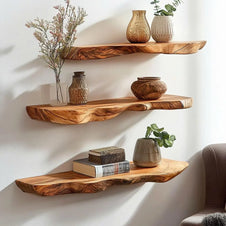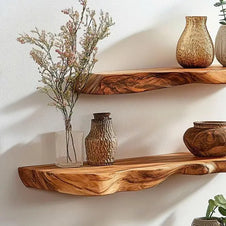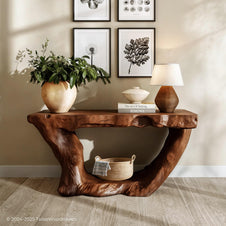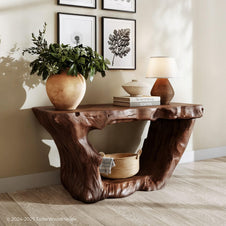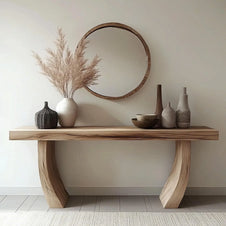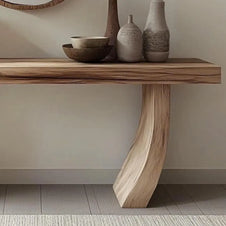Your cart (0)
Your cart is empty
Tax included and shipping calculated at checkout
Recommended products
Sale price
From $210.00 CAD
(Save 25%)
Regular price
$280.00 CAD
Regular price
From $210.00 CAD
Unit price
/
per
Sale price
From $3,339.00 CAD
(Save 25%)
Regular price
$4,452.00 CAD
Regular price
From $3,339.00 CAD
Unit price
/
per
Sale price
From $2,295.75 CAD
(Save 25%)
Regular price
$3,061.00 CAD
Regular price
From $2,295.75 CAD
Unit price
/
per

